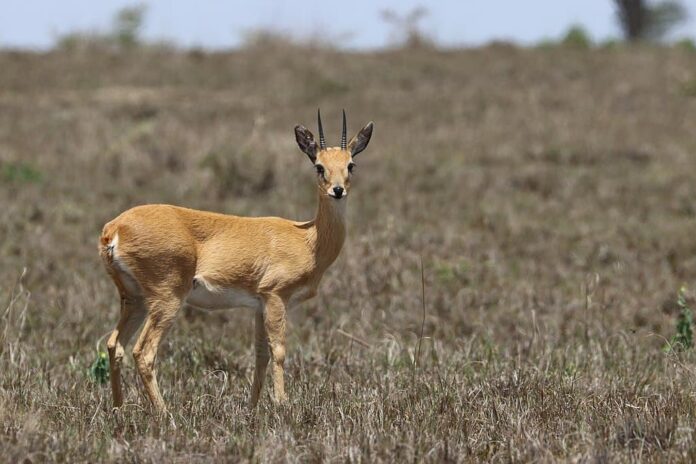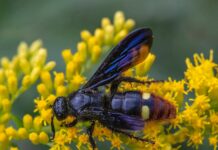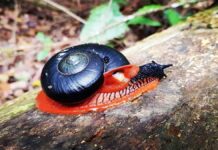With so many antelope species out there, oribi is probably one of the smaller ones. One of the main reasons that I want to talk about them today is that they are endangered. At least my readers get to know about this beautiful animal in case they are no longer around in the future. They do have some interesting features as well, let’s check out the information below.
1Appearance
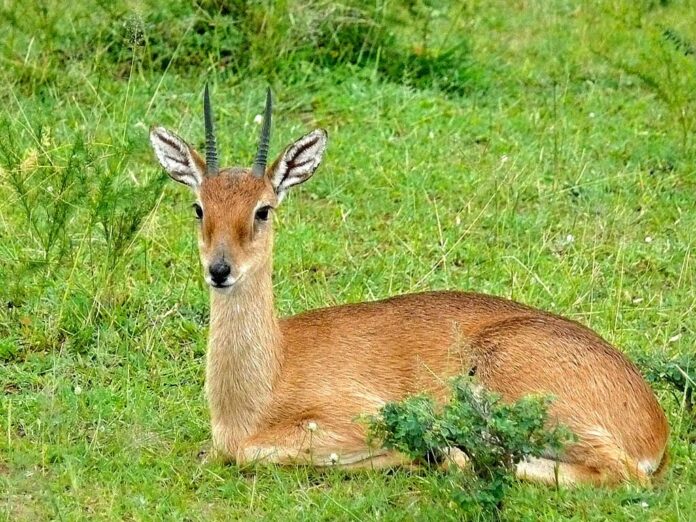
Being so small, oribi reaches a height of 50 to 67 centimeters only at shoulder height. Looks just like most antelopes out there, this one has a slightly raised back, and its limbs and neck are long. As for the coat, it is glossy yellowish to rufous brown, while the chin, rump, underparts, and throat are white. An oribi has a bushy tail that is brown to black on the outside and white on the inside. It is very easy to differentiate between males and females because only the males have horns. The horns are straight and thin, and they are usually 8 to 18 centimeters long. These horns are smooth at the tips, and they are ringed at the base.
2Behavior
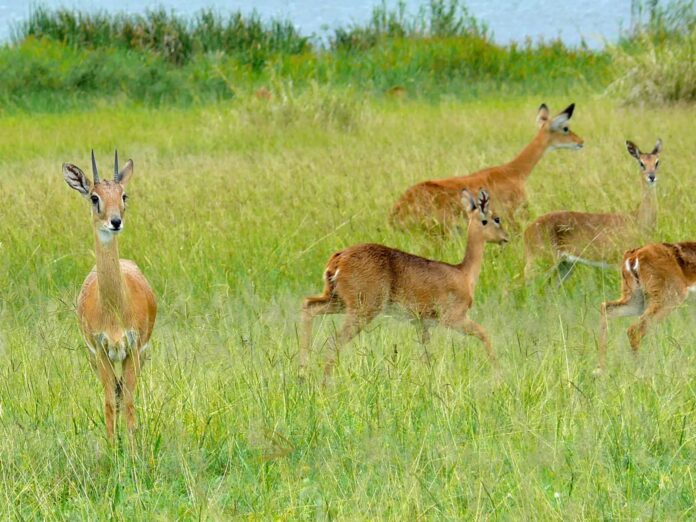
Oribis are solitary, but they do live in pairs, and they are active during the day. However, they do occasionally hang out in small herds of just 6 members at most; their little harem. What’s very interesting about this small antelope species is their mating behavior, with three types of mating systems. Depending on the habitat, oribi can be either polyandry, polygyny, or polygynandry. Polyandry is when one female mates with several males during the breeding season. Polygyny is when one male mates with multiple females, while one female mates with just a few males. As for polygynandry, both males and females have multiple mating partners during the breeding season.
3Feeding & Habitats
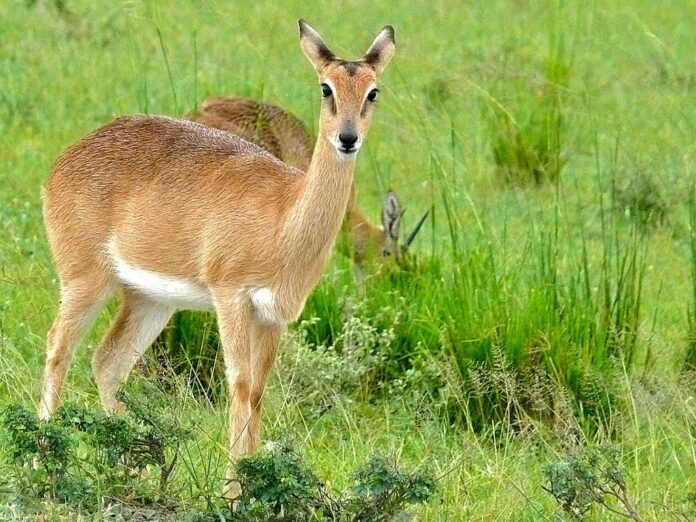
This little bundle of joy lives in eastern, southern, and western Africa, and they can adapt very well to moist environments. They inhabit floodplains, montane grasslands, savannas, and tropical grasslands. Usually, they live in open grasslands, but they prefer short grasses with patchy areas of tall grasses for hiding places. Oribi loves feeding on fresh grasses, and they also eat flowers, legumes, mushrooms, and tree foliage. Along with that, they will also feed on other plant material like leaves and nuts when grass is not available. It is very common to see them congregate in the rainy season feeding, when grasses are abundant. Oribi is one of the few mammals that benefits from wildfires. Once a fire is finished, they return to the area and eat the fresh green grass. Despite having a stable population, their number is threatened by agricultural and urban development, bush encroachment, habitat loss, and poaching.
Related Post: Saiga The Antelope With A Strange Nose

